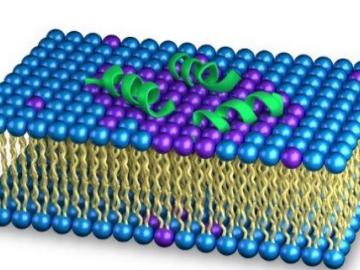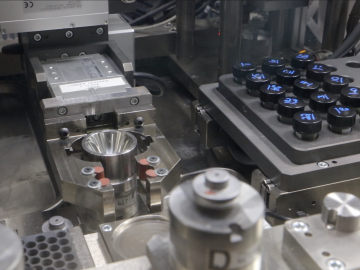
Filter News
Area of Research
News Topics
- (-) Biomedical (1)
- (-) Grid (1)
- (-) Quantum Science (1)
- (-) Space Exploration (1)
- 3-D Printing/Advanced Manufacturing (3)
- Clean Water (2)
- Composites (1)
- Computer Science (4)
- Energy Storage (3)
- Environment (6)
- Materials Science (4)
- Microscopy (2)
- Nanotechnology (1)
- Neutron Science (8)
- Nuclear Energy (1)
- Physics (1)
- Polymers (1)
- Transportation (5)
Media Contacts

Scientists at Oak Ridge National Laboratory have developed a low-cost, printed, flexible sensor that can wrap around power cables to precisely monitor electrical loads from household appliances to support grid operations.


By automating the production of neptunium oxide-aluminum pellets, Oak Ridge National Laboratory scientists have eliminated a key bottleneck when producing plutonium-238 used by NASA to fuel deep space exploration.

Researchers used neutron scattering at Oak Ridge National Laboratory’s Spallation Neutron Source to investigate bizarre magnetic behavior, believed to be a possible quantum spin liquid rarely found in a three-dimensional material. QSLs are exotic states of matter where magnetism continues to fluctuate at low temperatures instead of “freezing” into aligned north and south poles as with traditional magnets.


